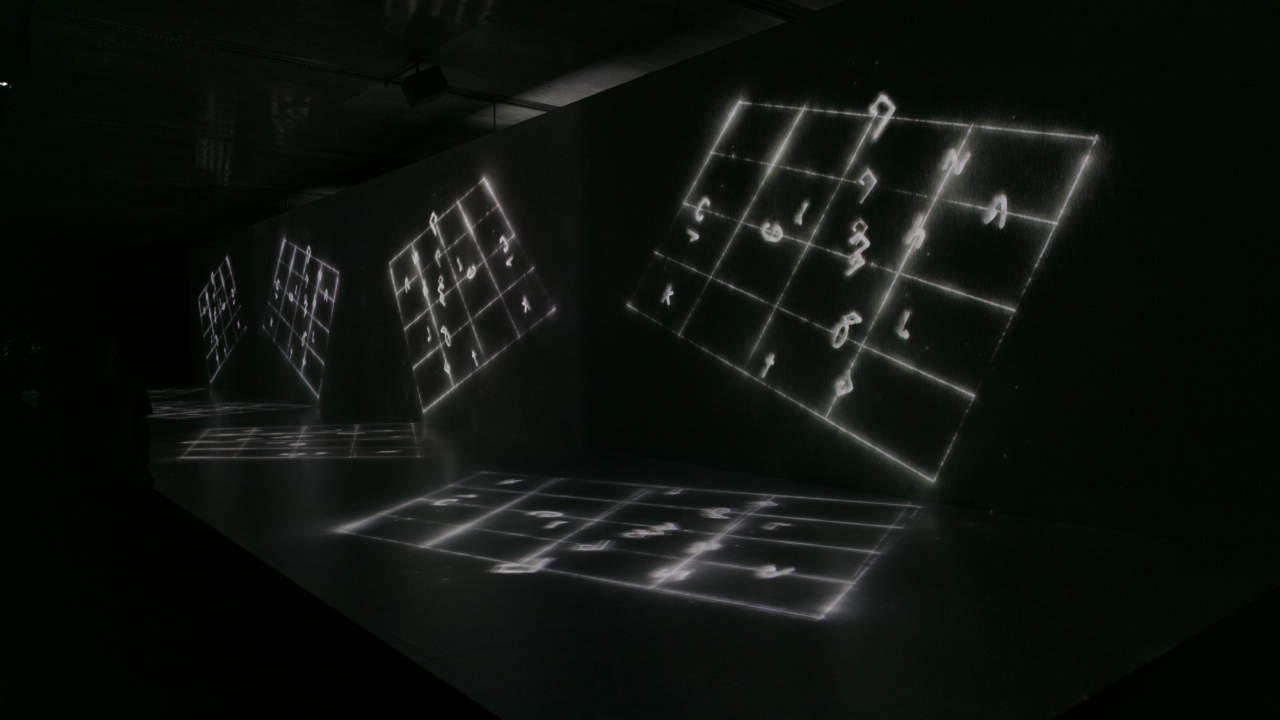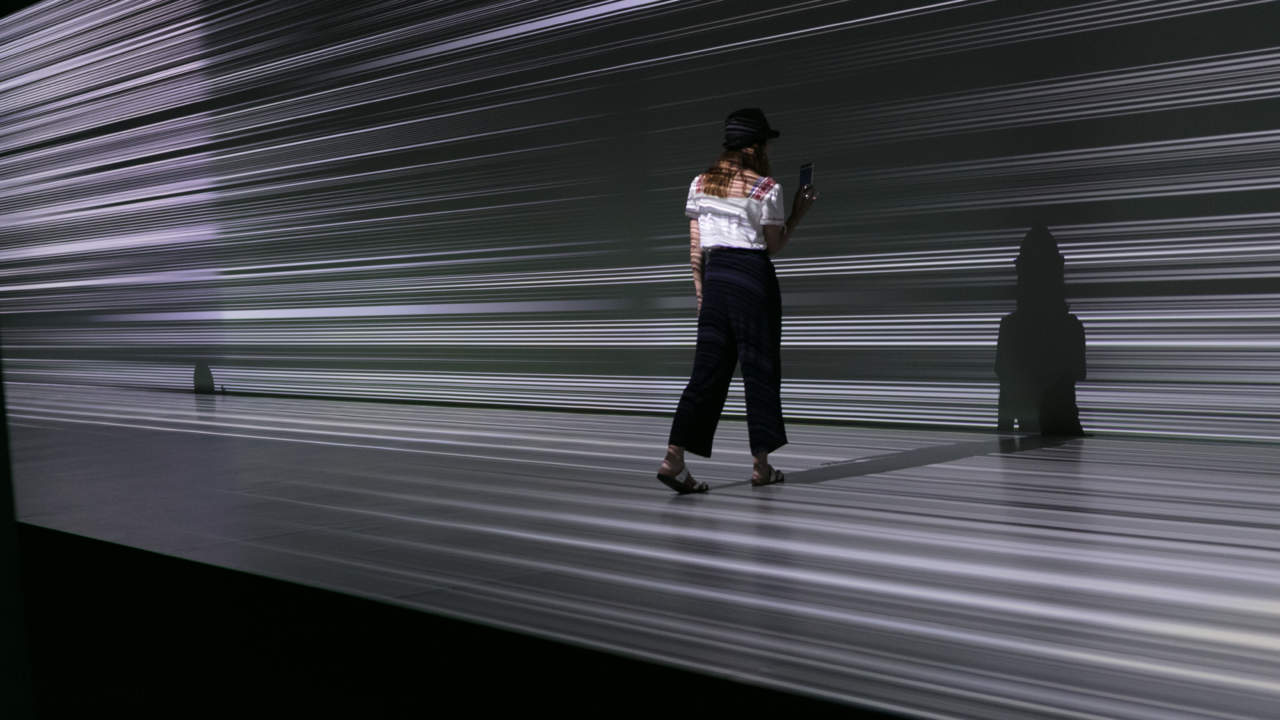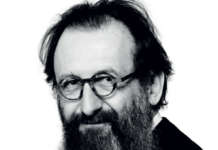Audio Architecture is the name of the recently opened exhibition at the 21_21 Design Sight museum in Tokyo. Directed by the multifaceted designer Yugo Nakamura, this exhibition investigates and experiments on the relationship between music and architecture. Specifically, the experiment consists of creating spaces based on an original song created by the musician Keigo Oyamada (Cornelius) specifically for this occasion.
“Music is liquid architecture; Architecture is frozen music” as quoted by Johann Wolfgang von Goethe. Many architects and critics explored this topic over the centuries. Music and architecture share many features, such as rhythm, pattern, harmony, and proportion. “However, music is not something that is seen with the eyes but heard with the ears. It is not something that continues to be; it is a phenomenon of the present moment that flows to the past”, says the director Nakamura.

Starting from this premise, the main challenge brought by this project was to create synesthetic spaces, where the eye and the ears could work together in harmony. Eight creators were invited to translate one song in images, by using different media such as film, animation, dance, graphic design, illustration, programming, and media design.
David Byrne once talked about the intimate correspondence between music and architecture, mentioning that we make music to fit in with physical contexts. For example – he said – “a bird will not sing in the same way when it is on a tree as when it is on the ground, nor will it sing the same in one part of the world as it does in another; his song —his message— adapts to the environment that contains it”.
Audio architecture exhibition overturns this concept. Here one song is played in different environments, thus experimenting on how space could change the perception of music.
Visitors are welcomed in a room dedicated to the original song created by Cornelius, where a projection shows the band performing in the studio. Then follows a large screen, where all the eight creations are played sequentially or simultaneously. Finally, one can proceed toward the backside, where each work is showcased in detail within small, dedicated rooms.

Cocktail Party in the Audio Architecture explores the interesting phenomenon - called "cocktail party effect" - of focusing on a particular sound while tuning out others. Endgame Study uses the texts of different authors to investigate the concepts of signifié (concept) and significant (sound-image). In fibrils develop the theme of the "structure of muscle fibers". Music Worm focuses on the complexity of music and creates "something that pulsates like a living organism". Another Analogy works with the aesthetic of digital images and its glitches. Airflow plays with a humorous and sensual movement of lines. Layers Act explores the potentials of layering transparent films on which simple patterns are drawn. Jido-rhythm, finally, incorporates in the music the "person listening to the music".
What makes this exhibition attractive is its capacity to create a strong empathy with the visitors, who are stimulated to mentally generate their own image of the song. The plenitude of visual stimuli, carried by the eight works, is only the starting point. Everyone is invited to remix those images, unleash the fantasy and imagine new architectures.

Giuseppe De Francesco is an Italian photographer and he has been living in many European and Asian cities. Recently he had the chance to visit Audio architecture and his own image of the song is perceivable in the video above. Here, some fragments of the eight works are perfectly remixed and synchronized in order to recreate the overall image expressed by the exhibition, and interpreted by him. This is probably what the director Nakamura aimed for this work, to stimulate people to listen to music while using their spatial intelligence.
















